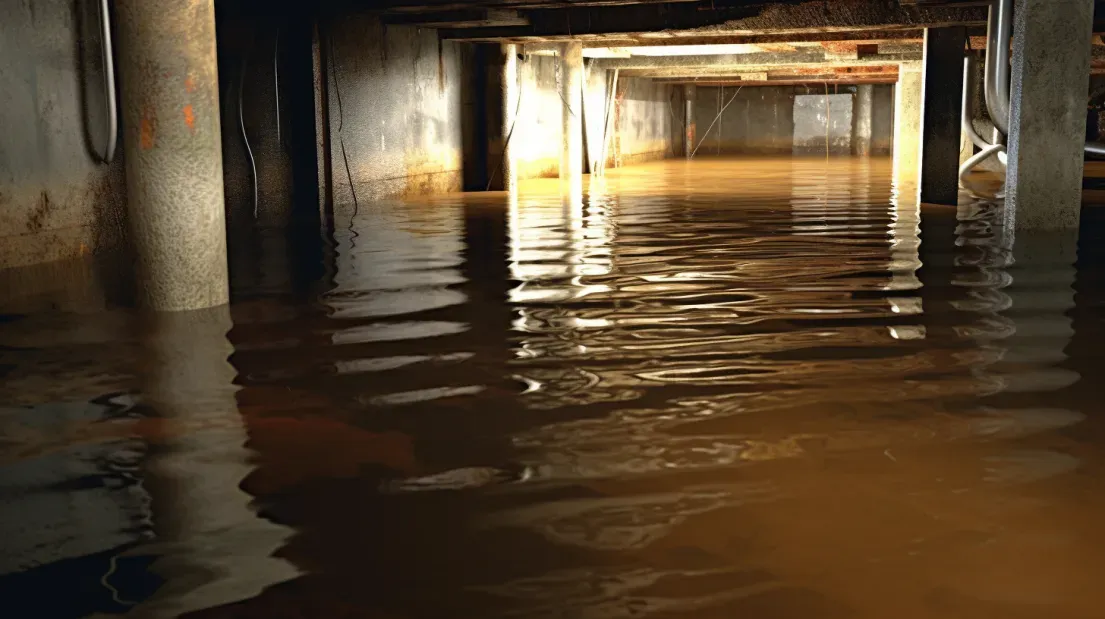
The importance of roofing systems in overall building protection cannot be overstated. A high-quality roofing system is the first line of defense against the elements, providing critical protection from rain, snow, wind, and solar radiation. It plays a vital role in maintaining the structural integrity of a building, preventing water infiltration that can lead to significant damage, including mold growth, wood rot, and compromised insulation. Additionally, a well-designed roofing system contributes to the building's energy efficiency by reducing heat loss in the winter and minimizing heat gain in the summer, thereby lowering energy costs. It also enhances the overall aesthetic appeal and value of the property. By investing in a durable and reliable roofing system, building owners can ensure long-term protection and performance, safeguarding their investment and providing a safe and comfortable environment for occupants.
Benefits of Integrating Moisture Barriers in Roofing Systems
Enhanced Protection
Prevention of Water Infiltration
Integrating high-quality moisture barriers into roofing systems is crucial for preventing water infiltration. These barriers provide an additional layer of protection that prevents rainwater and melted snow from penetrating the roof structure. This is essential in maintaining the integrity of the roof and preventing water damage to the underlying materials and interior spaces.
Protection Against Mold and Mildew
Moisture barriers effectively block the moisture that can lead to mold and mildew growth. By keeping the roof structure dry, these barriers help maintain a healthy indoor environment. Mold and mildew not only cause unpleasant odors and damage to building materials but also pose serious health risks to occupants. Therefore, integrating moisture barriers is a proactive measure to protect both the building and its inhabitants.
Extended Roof Lifespan
Increased Durability of Roofing Materials
The presence of a moisture barrier enhances the durability of roofing materials by providing robust protection against the elements. These barriers shield roofing components from continuous exposure to moisture, which can cause degradation over time. As a result, the roofing materials maintain their structural integrity and functionality for a longer period, contributing to the overall lifespan of the roof.
Reduced Maintenance and Repair Costs
With the added protection of moisture barriers, roofs require less frequent maintenance and repairs. Preventing water infiltration and subsequent damage reduces the likelihood of costly repairs associated with leaks, rot, and other moisture-related issues. This leads to significant long-term savings for building owners, as the roof remains in good condition with minimal upkeep.
Energy Efficiency
Improved Insulation Properties
Moisture barriers contribute to better insulation properties within the roofing system. By preventing moisture from compromising the insulation materials, these barriers help maintain their effectiveness. Proper insulation is crucial for regulating indoor temperatures, ensuring that heat is retained during winter and kept out during summer.
Reduction in Heating and Cooling Costs
Enhanced insulation properties directly translate to reduced heating and cooling costs. When a roof is well-insulated, it minimizes the need for additional energy to maintain comfortable indoor temperatures. This energy efficiency not only lowers utility bills but also reduces the building’s environmental impact by decreasing its overall energy consumption.
Integrating moisture barriers in roofing systems provides a multitude of benefits, from enhanced protection against water damage and mold to extending the roof's lifespan and improving energy efficiency. These advantages underscore the importance of investing in high-quality moisture barriers to ensure long-term performance and cost savings.
Challenges in Integrating Moisture Barriers in Roofing
Material Compatibility
Ensuring Compatibility with Roofing Materials
One of the primary challenges in integrating moisture barriers in roofing systems is ensuring compatibility with existing roofing materials. Different materials have varying properties, and not all moisture barriers work well with every type. It's crucial to select moisture barriers that are designed to be compatible with the specific materials used in the roof to avoid any potential issues that could compromise the barrier's effectiveness.
Avoiding Chemical Reactions and Adhesion Issues
Chemical reactions between the moisture barrier and roofing materials can lead to adhesion problems and degradation of the barrier. These issues can significantly reduce the barrier’s performance and lifespan. To avoid such problems, it is essential to thoroughly review the chemical properties of both the barrier and the roofing materials, ensuring they can coexist without adverse reactions. Consulting with manufacturers and using recommended combinations can help mitigate these risks.
Installation Complexity
Proper Application Techniques
The effectiveness of moisture barriers heavily depends on proper installation techniques. Incorrect application can lead to gaps, overlaps, and other issues that compromise the barrier’s integrity. It is vital to follow the manufacturer’s guidelines meticulously and ensure that all installers are trained in the correct methods. This includes preparing the surface adequately, applying the barrier evenly, and sealing all edges properly.
Common Mistakes During Installation
Common mistakes during the installation of moisture barriers include improper alignment, inadequate sealing of seams and edges, and failure to account for roof penetrations such as vents and chimneys. These mistakes can create vulnerabilities where moisture can seep through, undermining the barrier's purpose. Regular training and adherence to best practices can help minimize these errors.
Weather Conditions
Impact of Temperature and Humidity on Installation
Weather conditions such as temperature and humidity play a significant role in the installation of moisture barriers. Extreme temperatures can affect the adhesive properties of the barrier, while high humidity can introduce moisture during the installation process, compromising the barrier's effectiveness. It is essential to consider the weather conditions during planning and to use products designed to perform well in the expected range of conditions.
Strategies to Mitigate Weather-Related Challenges
To mitigate weather-related challenges, plan installations during favorable weather conditions whenever possible. Using moisture barriers with flexible temperature and humidity ranges can also help. Additionally, employing temporary measures like shelters or heaters can create a controlled environment for installation, ensuring that the barriers are applied correctly and perform as intended.
Addressing these challenges is critical to ensure the long-term effectiveness of moisture barriers in roofing systems. By carefully selecting compatible materials, following proper installation techniques, and considering the impact of weather conditions, building owners and contractors can achieve reliable protection against moisture and extend the lifespan of roofing systems.
Best Practices for Integrating Moisture Barriers
Planning and Design
Importance of Early Integration in the Design Phase
Integrating moisture barriers early in the design phase is crucial for ensuring their effectiveness and seamless incorporation into the roofing system. Early planning allows architects and engineers to consider the specific needs and constraints of the project, selecting the most suitable materials and techniques from the outset. This proactive approach helps prevent costly modifications and potential issues later in the construction process.
Collaboration Between Architects, Engineers, and Contractors
Successful integration of moisture barriers requires close collaboration between architects, engineers, and contractors. Each party brings valuable expertise that contributes to a comprehensive and cohesive plan. Architects can design systems that incorporate moisture barriers aesthetically and functionally, engineers can ensure structural compatibility, and contractors can provide practical insights on installation techniques. This multidisciplinary collaboration ensures that all aspects of the project are aligned for optimal performance.
Material Selection
Criteria for Choosing the Right Moisture Barrier
Selecting the right moisture barrier involves considering several key criteria:
- Durability: The barrier should withstand environmental stresses and remain effective over the long term.
- Permeability: Depending on the climate and building requirements, choose a barrier with appropriate vapor permeability.
- Compatibility: Ensure the barrier is compatible with other roofing materials to avoid chemical reactions and adhesion issues.
- Ease of Installation: Opt for materials that are easy to handle and install, reducing the risk of errors.
- Cost: Balance the cost with the long-term benefits and performance of the barrier.
Comparing Different Types and Their Suitability for Roofing
Different types of moisture barriers offer varying benefits and are suited to different applications. For example:
- Asphalt-Saturated Felt: Traditional and cost-effective, suitable for various roofing types but less durable than modern alternatives.
- Synthetic Underlayments: Lightweight, durable, and resistant to tearing, offering superior protection and ease of installation.
- Self-Adhered Membranes: Provide excellent waterproofing with strong adhesion properties, ideal for areas prone to leaks.
By evaluating these options against the specific needs of the project, you can choose the most appropriate moisture barrier.
Installation Techniques
Step-by-Step Guide to Installing Moisture Barriers in Roofing
- Prepare the Surface: Ensure the roof deck is clean, dry, and free from debris.
- Measure and Cut: Accurately measure the areas to be covered and cut the barrier material to fit.
- Apply the Barrier: Starting at the lowest point, lay the barrier flat and secure it, avoiding wrinkles and bubbles.
- Seal Seams and Edges: Use appropriate adhesives or tapes to seal all seams and edges, ensuring there are no gaps.
- Inspect the Installation: Check for any areas that may need additional sealing or adjustments.
Ensuring Proper Sealing and Coverage
Proper sealing and coverage are vital for the effectiveness of moisture barriers. Ensure that:
- All seams overlap sufficiently and are sealed tightly.
- Edges are secured and sealed to prevent water ingress.
- Penetrations, such as vents and chimneys, are appropriately flashed and sealed.
- The barrier extends over the entire roof surface without gaps.
By following these best practices for planning, material selection, and installation, you can ensure that moisture barriers in roofing systems provide maximum protection and longevity. This comprehensive approach leads to better performance, reduced maintenance, and greater overall satisfaction with the finished project.
Maintenance and Inspection
Routine Inspections
Importance of Regular Checks
Regular inspections are crucial for maintaining the effectiveness and longevity of integrated moisture barriers. By conducting routine checks, building owners and maintenance personnel can identify and address potential issues before they escalate into significant problems. These inspections help ensure that the moisture barriers continue to perform their protective functions effectively, safeguarding the building from water damage and related issues.
What to Look for During Inspections
During inspections, it is important to look for signs of wear and tear, damage, or any conditions that might compromise the integrity of the moisture barriers. Key areas to examine include:
- Seams and Edges: Check for any gaps, loose edges, or signs of separation that could allow moisture to penetrate.
- Surface Condition: Look for any tears, punctures, or other physical damage to the barrier material.
- Flashing and Penetrations: Inspect around roof penetrations such as vents, chimneys, and skylights to ensure that flashing is intact and properly sealed.
- Signs of Water Ingress: Look for any evidence of water infiltration, such as damp spots, stains, or mold growth on the interior of the roof structure.
Maintenance Tips
Best Practices for Maintaining Integrated Moisture Barriers
To maintain the effectiveness of moisture barriers, adhere to the following best practices:
- Regular Cleaning: Keep the roof surface and gutters clean from debris that can cause damage or block water drainage.
- Prompt Repairs: Address any detected damage immediately to prevent it from worsening and compromising the barrier’s performance.
- Professional Assessments: Periodically have a professional roofing contractor assess the condition of the moisture barriers, especially if any issues are suspected.
Addressing Minor Damages and Repairs Promptly
Promptly addressing minor damages is essential to prevent small issues from developing into larger, more costly problems. Here are steps to take:
- Seal Small Punctures and Tears: Use appropriate sealants or patches to fix minor punctures and tears immediately upon detection.
- Reapply or Reinforce Seals: If any seams or edges appear loose, reapply or reinforce the seals to restore the barrier's integrity.
- Replace Damaged Sections: For more extensive damage, replace the affected sections of the moisture barrier to ensure continuous protection.
By following these maintenance and inspection practices, building owners can extend the lifespan and effectiveness of their integrated moisture barriers. Regular checks and prompt repairs help maintain the building's protection against water damage, contributing to the overall durability and performance of the roofing system.
Future Trends in Roofing and Moisture Barriers
Innovative Materials
Advances in Moisture Barrier Technologies
The field of moisture barrier technology is continuously evolving, with advancements aimed at improving durability, efficiency, and ease of installation. Emerging materials are being developed to offer superior water resistance and longer lifespans. Innovations such as self-healing materials, which can automatically repair minor damages, and smart moisture barriers, which can monitor and report their own condition, are on the horizon. These technologies promise to enhance the performance and reliability of roofing systems, providing better protection and reducing maintenance needs.
Potential Future Developments in Roofing Systems
Future roofing systems are likely to integrate advanced moisture barriers with other smart technologies. For instance, incorporating sensors within roofing materials can provide real-time data on moisture levels, temperature, and structural integrity. This integration can help in early detection of potential issues, enabling prompt maintenance and preventing significant damage. Additionally, lightweight and flexible materials that offer high strength and durability are expected to become more prevalent, making roofing systems more adaptable to various architectural designs and environmental conditions.
Sustainability
Eco-Friendly and Sustainable Moisture Barrier Options
Sustainability is becoming a critical focus in the development of roofing materials, including moisture barriers. Eco-friendly options such as biodegradable barriers, recycled materials, and products with low environmental impact are gaining traction. These sustainable moisture barriers not only provide the necessary protection but also contribute to reducing the building's overall carbon footprint. Innovations in green roofing materials, such as those that incorporate plant-based compounds or recycled polymers, are leading the way towards more sustainable construction practices.
Impact on Long-Term Building Sustainability
The integration of sustainable moisture barriers significantly enhances the long-term sustainability of buildings. These barriers contribute to energy efficiency by improving insulation, thus reducing heating and cooling demands. They also support the durability and longevity of the roofing system, minimizing the need for frequent replacements and reducing waste. By adopting eco-friendly moisture barriers, builders and property owners can ensure that their projects are both environmentally responsible and economically viable in the long run.
In summary, the future of roofing and moisture barriers is set to be defined by technological innovations and a strong emphasis on sustainability. Advances in material science and smart technologies promise to deliver more effective, durable, and environmentally friendly solutions, paving the way for the next generation of roofing systems.
FAQs
Contact Bull City Crawlspace Today!
Bull City Crawlspace will do everything we can to ensure your experience with us is excellent.
Request A FREE Estimate
Request a Free Estimate Form
Checkout Recent Post
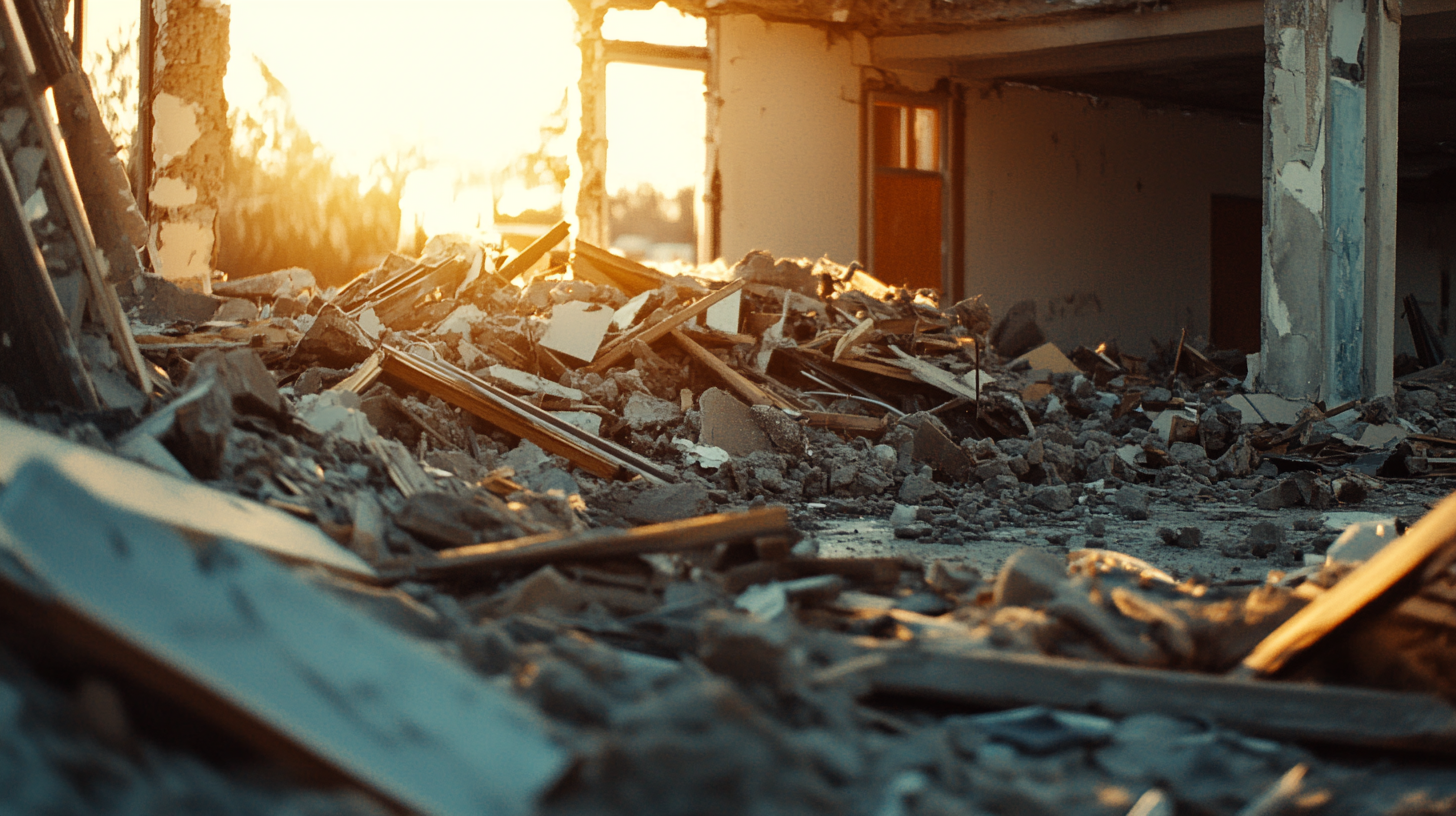
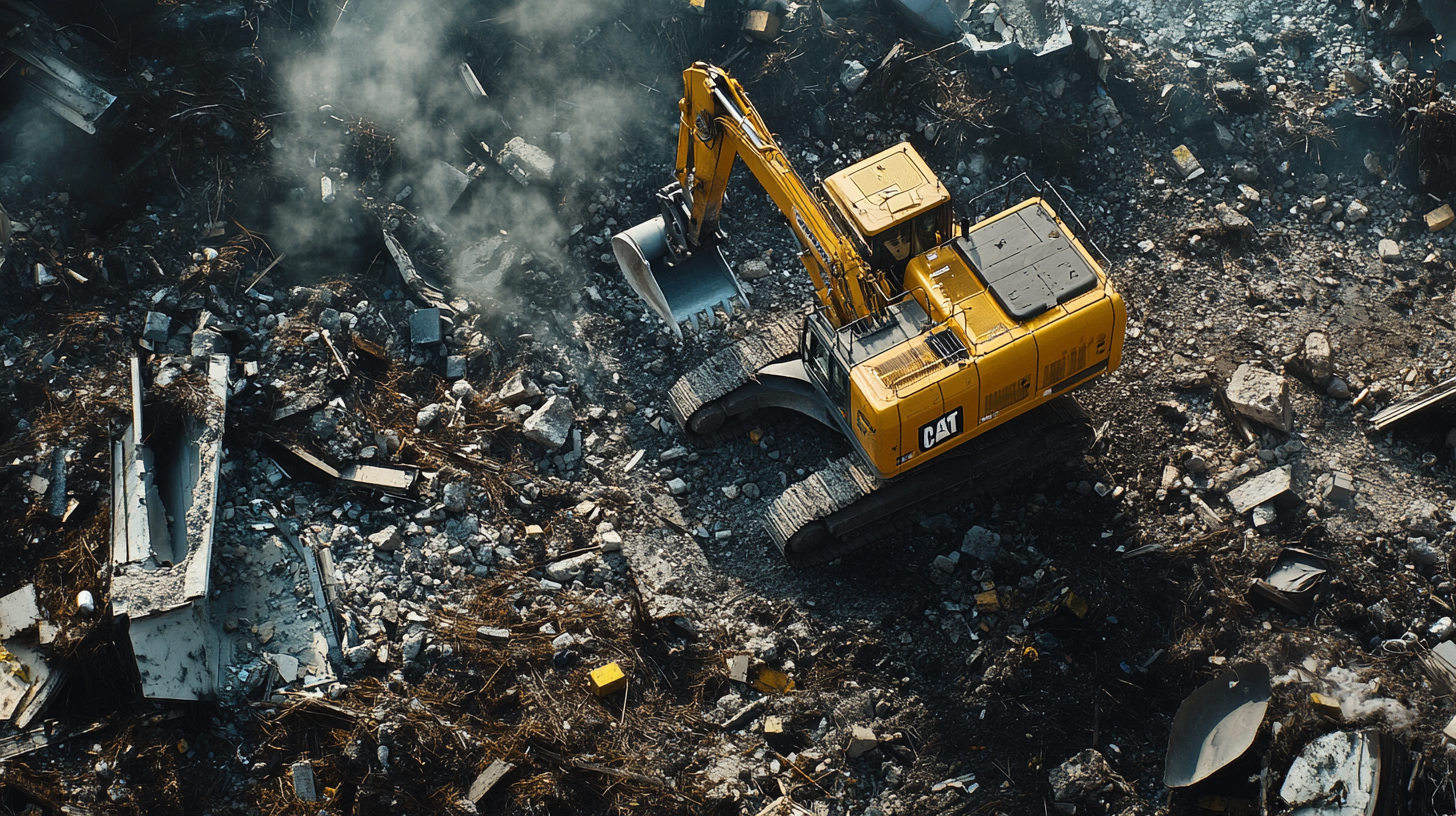
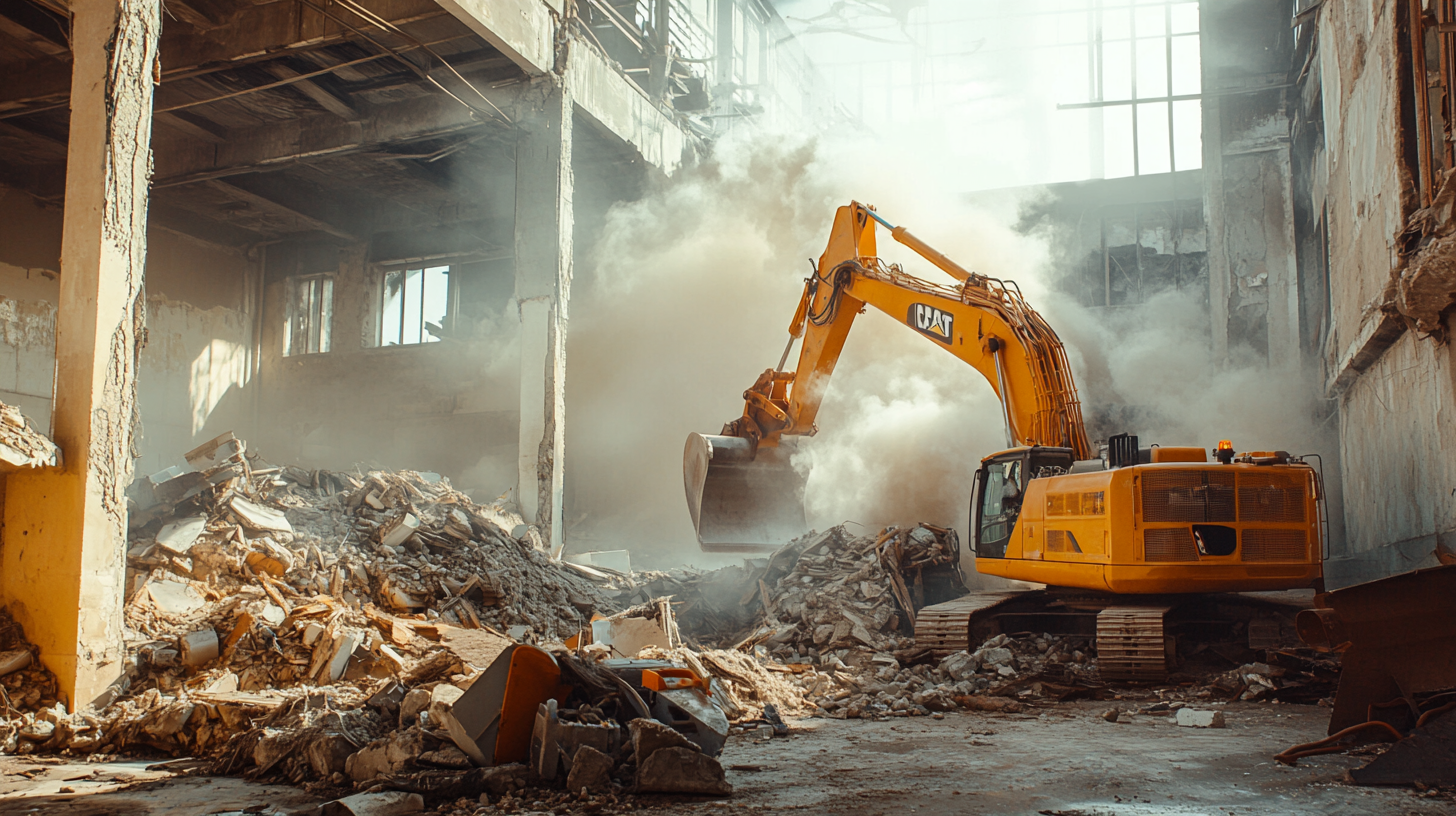
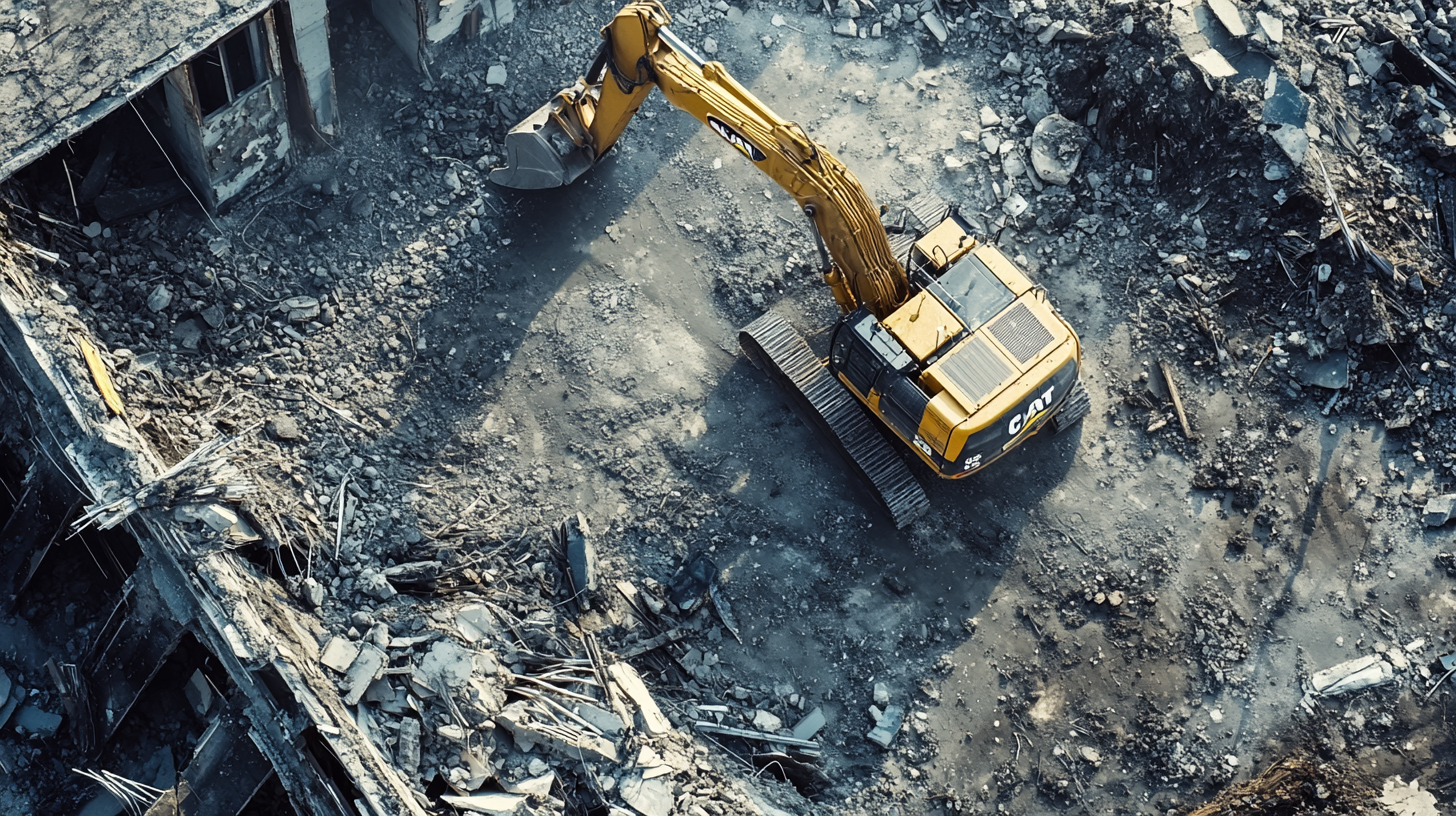
Got a Question? We’re Here to Help.
You can arrange an appointment or make an enquiry by phone or email, orget in touch to us via our contact form.

